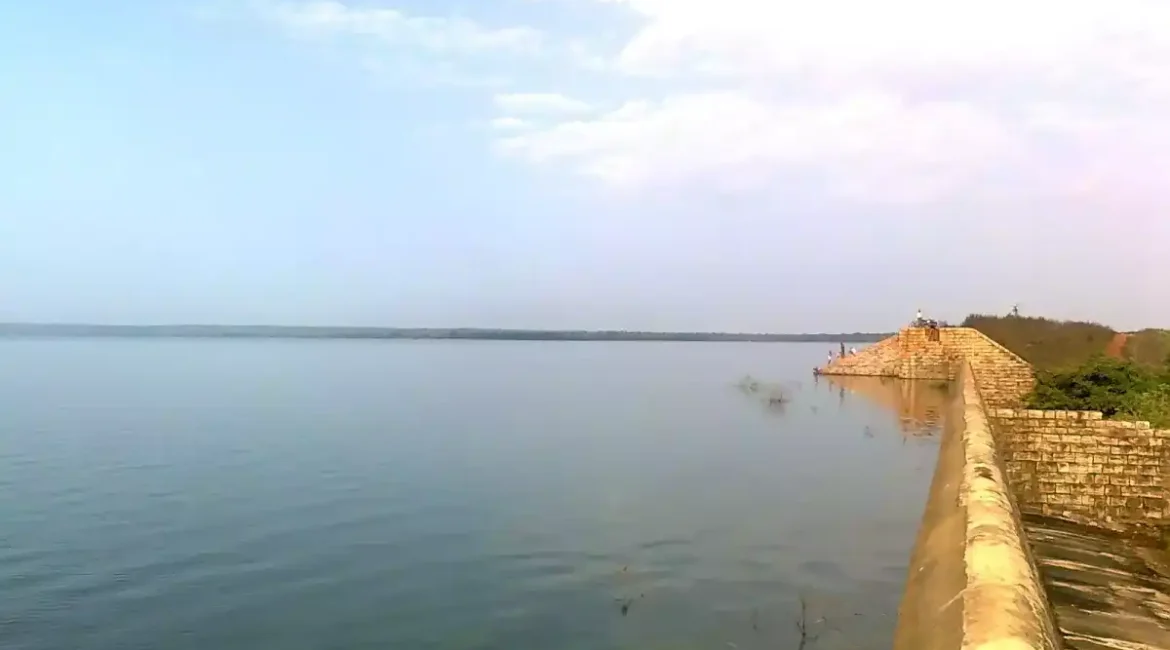Comprehensive Guide to Balod District: Demography, Culture, Geography, Cuisines, History, and Administration
Introduction
Balod, a district in the Indian state of Chhattisgarh, is renowned for its unique blend of cultural heritage, historical significance, and natural beauty. This article delves into the multifaceted aspects of Balod, providing a detailed account of its demography, culture, geography, cuisines, history, notable figures, and administrative structure.
Demography of Balod
Balod district is home to a diverse population. According to the latest census, the population of Balod is approximately 826,165. The district exhibits a balanced gender ratio with a slight male predominance. The literacy rate stands commendably high at 72.89%, reflecting the emphasis on education in the region.
Population Composition
The population is predominantly rural, with agriculture being the mainstay of the economy. The district is characterized by a mix of various communities, including Scheduled Tribes (ST), Scheduled Castes (SC), and Other Backward Classes (OBC).
Language and Religion
The primary language spoken in Balod is Chhattisgarhi, followed by Hindi. The district is a melting pot of religious beliefs, with Hinduism being the predominant religion. Other religions such as Islam, Christianity, and indigenous beliefs are also practiced, reflecting the district's cultural diversity.
Cultural Heritage of Balod
Balod boasts a rich cultural tapestry woven from its historical roots and diverse communities. The district celebrates various festivals with great fervor, including Diwali, Holi, Eid, and local tribal festivals.
Festivals and Traditions
- Madai Mela: This is a prominent tribal festival celebrated with traditional music, dance, and rituals.
- Hareli: A festival marking the onset of the monsoon season, celebrated with agricultural rituals and folk dances.
Arts and Crafts
The district is known for its traditional arts and crafts, including bamboo work, pottery, and textile weaving. These crafts are not only a source of income for the locals but also an integral part of their cultural identity.
Geography of Balod
Balod district spans an area of approximately 3,527 square kilometers. The region is characterized by its varied topography, including plains, hills, and rivers.
Climate
Balod experiences a tropical climate with three distinct seasons: summer, monsoon, and winter. Summers are typically hot and dry, while the monsoon season brings substantial rainfall, and winters are mild and pleasant.
Natural Resources
The district is endowed with rich natural resources, including minerals like limestone and dolomite. The fertile land supports the cultivation of crops such as rice, wheat, and pulses.
Cuisines of Balod
The culinary landscape of Balod is as diverse as its culture. The cuisine primarily includes traditional Chhattisgarhi dishes, which are known for their simplicity and flavor.
Popular Dishes
- Chila: A savory pancake made from rice flour and urad dal.
- Faraa: Rice dumplings often served with chutney.
- Aamat: A local delicacy made from bamboo shoots, resembling a spicy curry.
Influence of Tribal Cuisine
The tribal communities in Balod contribute significantly to the local cuisine with dishes like Pej, a rice porridge, and various preparations using forest produce.
Historical Significance of Balod
Balod's history is deeply rooted in its association with ancient dynasties and colonial rule. The region has witnessed the rise and fall of various empires, each leaving an indelible mark on its cultural and historical landscape.
Ancient and Medieval Period
Balod was part of the ancient Dandakaranya region, which finds mention in the Ramayana. During the medieval period, it was ruled by the Haihaya dynasty, followed by the Marathas.
British Era and Independence
During the British era, Balod was part of the Central Provinces and Berar. The district played a significant role in the Indian independence movement, with many local leaders actively participating in the struggle for freedom.
Notable Figures from Balod
Balod has been home to many notable personalities who have contributed to various fields such as literature, politics, and social work.
Prominent Poets and Authors
- Mahakavi Laxman Masturi: A revered poet known for his contributions to Chhattisgarhi literature.
- Tejan Bai: An acclaimed Pandavani folk singer and Padma Shri awardee.
Political and Social Leaders
Balod has produced several leaders who have made significant contributions to the socio-political landscape of the region.
Administration of Balod
Balod district is governed through a well-structured administrative framework. The district is divided into several tehsils and blocks for effective governance.
Administrative Divisions
- Tehsils: Balod, Gurur, Dondilohara, Gunderdehi, and Dalli-Rajhara.
- Blocks: Each tehsil is further divided into blocks, facilitating localized administration and development.
Governance and Development
The district administration focuses on various developmental initiatives, including infrastructure development, education, healthcare, and agriculture. The local government actively collaborates with state and central governments to implement schemes and programs aimed at improving the quality of life for its residents.
Conclusion
Balod district is a fascinating region with a rich history, diverse culture, and vibrant community life. Its strategic geographical location, coupled with its abundant natural resources and cultural heritage, makes it a significant part of Chhattisgarh. From the rhythmic beats of traditional dances to the flavors of its unique cuisine, Balod offers a glimpse into the heart of India's diverse cultural landscape. The district's continuous development and commitment to preserving its heritage ensure that it remains a vital and dynamic region for generations to come.
Suggested Diagram
To visually represent the administrative divisions of Balod, we can use the following Mermaid diagram:
This diagram effectively illustrates the administrative structure of Balod district, showcasing its tehsils and blocks for better understanding and clarity.
